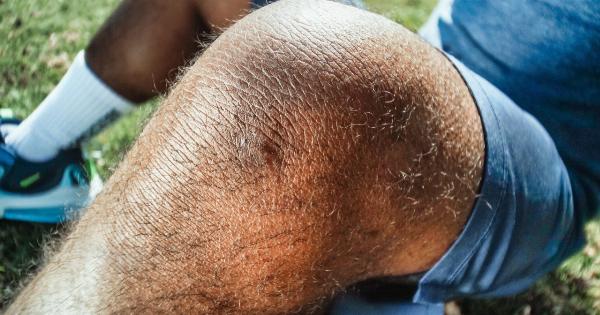Arthroplasty, also known as joint replacement surgery, is commonly associated with older adults who have advanced joint degeneration. However, there is a growing trend of young adults undergoing arthroplasty procedures.
This raises the question: what factors contribute to the need for joint replacement in young adults? In this article, we will explore some of the primary factors behind arthroplasty in young adults.
1. Traumatic Injuries
One of the leading causes of joint degeneration in young adults is traumatic injuries. Accidents, sports injuries, and other forms of trauma can lead to severe joint damage, necessitating arthroplasty.
High-impact injuries, such as fractures or dislocations, can disrupt the natural alignment of joints and cause irreversible damage to the joint surfaces.
2. Genetic Factors
Genetic factors can also play a significant role in the development of joint degeneration in young adults.
Certain inherited conditions, such as osteogenesis imperfecta, Ehlers-Danlos syndrome, or hip dysplasia, can increase the risk of early-onset joint deterioration. These genetic factors may affect the structural integrity of joints or impair the body’s ability to repair damaged tissues.
3. Joint Diseases
Various joint diseases can lead to the need for arthroplasty in young adults. Conditions like rheumatoid arthritis, osteoarthritis, or avascular necrosis can cause severe joint pain, stiffness, and functional limitations.
When conservative treatments fail to provide relief, joint replacement surgery may be the most viable option to restore proper joint function.
4. Overuse and Misuse
Young adults who consistently engage in high-impact and repetitive activities, such as athletes or laborers, can put excessive strain on their joints. Over time, this overuse can lead to joint damage and the eventual need for arthroplasty.
Improper body mechanics and biomechanical abnormalities may also contribute to accelerated joint degeneration.
5. Obesity
Obesity is a significant risk factor for developing joint degeneration at a young age. Excess body weight puts additional stress on the joints, especially in weight-bearing areas such as the hips and knees.
The constant overload can accelerate cartilage breakdown and lead to premature joint deterioration, often necessitating joint replacement surgery.
6. Inflammatory Conditions
Inflammatory conditions, such as systemic lupus erythematosus or psoriatic arthritis, can cause chronic inflammation within the joints. Prolonged inflammation can damage the joint cartilage and surrounding structures, leading to joint destruction.
In severe cases, arthroplasty may be the only solution to alleviate pain and restore mobility.
7. Anatomical Abnormalities
Some young adults may have congenital or developmental anatomical abnormalities that predispose them to joint degeneration. Hip dysplasia, for example, refers to an improperly formed hip socket that can contribute to hip joint deterioration.
These abnormalities may be present at birth or develop during childhood, increasing the likelihood of arthroplasty later in life.
8. Sports Injuries
Repetitive and high-impact sports activities can lead to joint injuries in young adults.
Sports such as soccer, basketball, or running can place substantial stress on the knees and hips, leading to the development of cartilage tears, ligament injuries, or fractures. These injuries, if left untreated or poorly managed, can progress to joint degeneration and necessitate arthroplasty.
9. Failed Previous Surgeries
Some young adults may have undergone previous surgeries or procedures that failed to address their joint issues adequately.
Suboptimal surgical outcomes, unresolved fractures, or unsuccessful joint preservation techniques can contribute to ongoing joint pain and functional limitations, ultimately leading to the need for arthroplasty.
10. Joint Infections
Infections that directly affect the joints, such as septic arthritis, can cause extensive joint damage.
Young adults who experience joint infections, either from direct trauma or underlying systemic conditions, may require joint replacement surgery to remove the infected tissues and restore joint function.
Conclusion
Arthroplasty is no longer exclusive to older adults, as an increasing number of young adults are undergoing joint replacement surgery.
Factors such as traumatic injuries, genetic predispositions, joint diseases, overuse, obesity, inflammatory conditions, anatomical abnormalities, sports injuries, failed previous surgeries, and joint infections all contribute to the need for arthroplasty in this population. Understanding these factors can help improve preventive measures, develop more effective treatment strategies, and enhance the overall care provided to young adults dealing with joint degeneration.






























